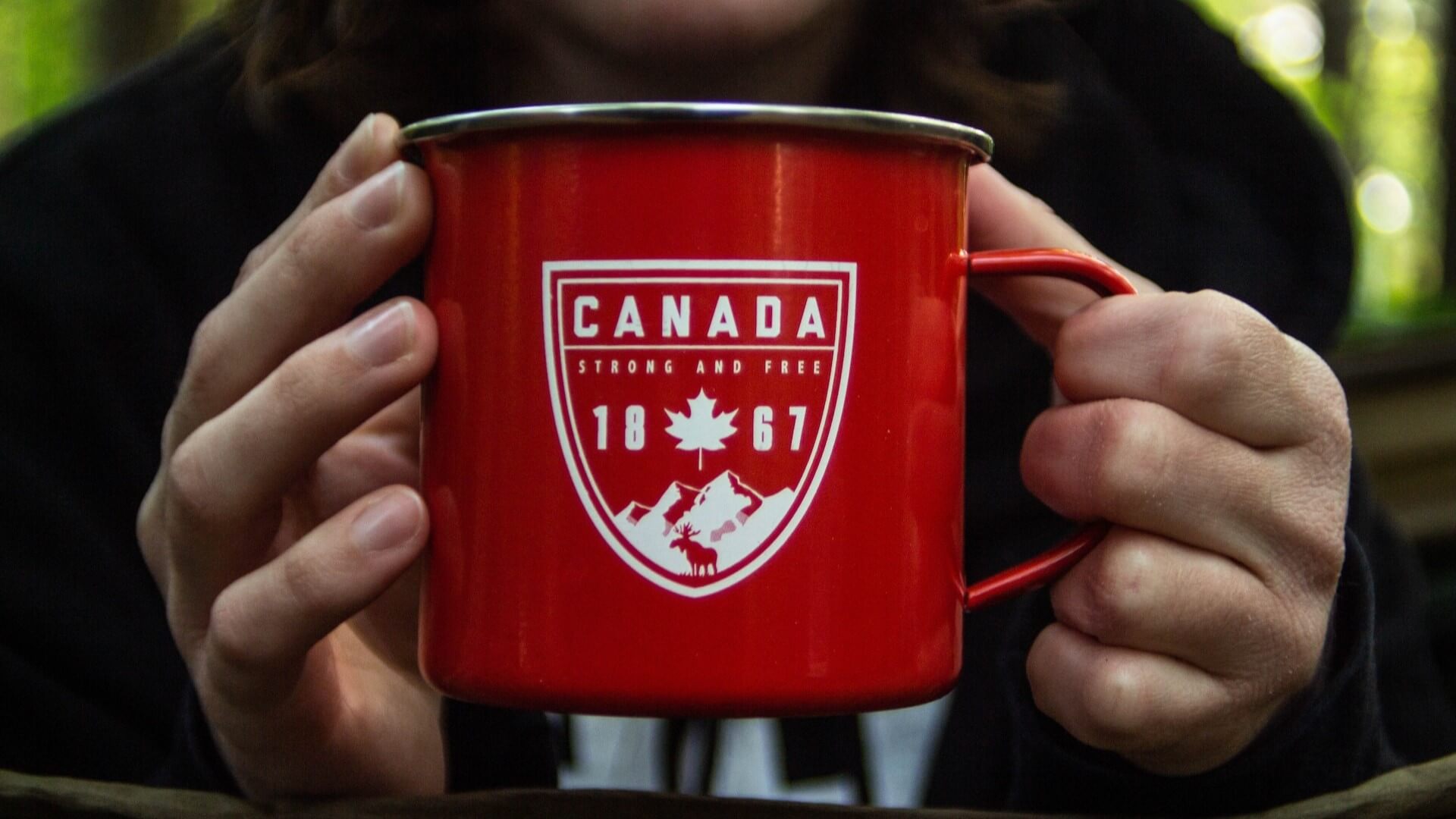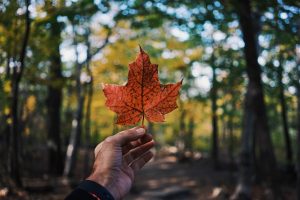Welcome to the diverse and expansive landscapes of Canada, a nation that unfolds like a captivating story, each province and territory contributing a unique chapter to the narrative. From the vast wilderness of Nunavut to the historical richness of Yukon, and the urban sophistication of British Columbia, our journey through Canada’s multifaceted geography promises to be an enlightening and immersive experience.
Nunavut
Nunavut, the largest of Canada’s territories, stretches across three time zones due to its sheer size, covering approximately 20% of the nation’s landmass. This vast expanse is a testament to the raw beauty of the Arctic, characterized by icy fjords, remote tundras, and an otherworldly, pristine wilderness. The majority of Nunavut’s population is Inuit, and Inuktitut, their indigenous language, is the most widely spoken. The territory is a repository of cultural heritage, and the recognition of Inuktitut, English, and French as official languages reflects the commitment to preserving the unique identity of its inhabitants.
Yukon
Yukon, steeped in history, became a household name during the Klondike Gold Rush of the late 19th century. Dawson City, an iconic remnant of that era, holds renown for its well-preserved gold rush-era buildings, providing a tangible link to the past. Beyond its historical significance, Yukon is a haven of natural grandeur. The Great Slave Lake, one of North America’s deepest lakes, mirrors the vastness of Yukon’s wilderness. The dancing Northern Lights overhead add a celestial touch to this territory’s already enchanting landscape.
British Columbia
British Columbia, the westernmost province, boasts a stunning ecological diversity that ranges from the temperate rainforests of the Pacific Northwest to the towering peaks of the Rocky Mountains. Vancouver, the province’s largest city, consistently earns its place among the world’s most livable cities. The breathtaking beauty of nature surrounds this urban metropolis, providing residents and visitors with a unique blend of urban sophistication set against a backdrop of natural wonders.
Alberta
Alberta, often associated with its oil sands, is also home to two of the most celebrated national parks in Canada: Banff and Jasper. These parks showcase the unparalleled beauty of the Rocky Mountains, with turquoise lakes, rugged peaks, and glaciers creating a mesmerizing landscape. The economic significance of Alberta, driven by its oil industry, complements the province’s natural splendor. The cities of Calgary and Edmonton stand as vibrant urban centers, providing a harmonious blend of economic prowess and natural beauty.
Saskatchewan
Known as the “Land of the Living Skies,” Saskatchewan paints a portrait of endless prairies stretching as far as the eye can see. This province, with its vast agricultural lands, plays a crucial role in food production in Canada. The golden fields of wheat and other grains not only contribute to the nation’s economy but also showcase the agricultural heritage that has shaped Saskatchewan’s identity.
Manitoba
Manitoba, the province of lakes, boasts over 100,000 of these serene bodies of water, including the expansive Lake Winnipeg. The diverse wildlife that inhabits the province adds to its natural allure, making it a paradise for nature enthusiasts. Winnipeg, the capital city, is a cultural hub, hosting vibrant festivals that celebrate the province’s rich cultural diversity and history.
Ontario
Ontario, home to Canada’s largest city, Toronto, is defined by the majesty of the Great Lakes. These vast bodies of freshwater not only provide stunning scenic vistas but also play a crucial role in the province’s economy and transportation. Multiculturalism thrives in Ontario, particularly in Toronto, where diverse communities contribute to the province’s rich tapestry of cultures. The national capital, Ottawa, adds a historical and political dimension to Ontario’s significance.
Quebec
Quebec, the largest province by area, proudly carries the torch of French heritage within the predominantly English-speaking Canada. The province’s cities, particularly Montreal and Quebec City, exude an old-world charm blended with urban sophistication. Historic sites, cobblestone streets, and a vibrant arts scene contribute to the unique cultural identity of Quebec.
New Brunswick
New Brunswick stands as Canada’s only bilingual province, where both English and French languages are officially recognized. The province’s maritime location along the Bay of Fundy offers some of the world’s highest tides, creating a dynamic and ever-changing coastal landscape. Rich in maritime history, New Brunswick’s shores are dotted with lighthouses, fishing villages, and historic sites.
Nova Scotia
Nova Scotia, with its picturesque coastline, is a visual delight for those seeking maritime beauty. Historic sites such as the UNESCO-listed Old Town Lunenburg and the iconic Cabot Trail add a touch of history to Nova Scotia’s natural charm. The vibrant city of Halifax, with its blend of urban sophistication and maritime tradition, serves as the cultural heart of the province.
Prince Edward Island
The smallest province of Canada, Prince Edward Island (PEI), embodies red sand beaches, rolling farmlands, and a cultural heritage deeply intertwined with the beloved literary character, Anne of Green Gables. The iconic PEI potatoes, a culinary delight, are a testament to the province’s agricultural prowess.
Newfoundland and Labrador
Located on the Atlantic coast, Newfoundland and Labrador are defined by their rugged coastlines, unique dialects, and cultural significance. The friendly locals, known for their warmth and hospitality, add a human touch to the province’s stunning natural landscapes. The ancient Viking settlements at L’Anse aux Meadows stand as a testament to the province’s historical depth.
Conclusion
Canada’s provinces and territories, each with its unique blend of history, culture, and natural wonders, form a colorful patchwork that defines the country’s identity. From the Arctic landscapes of Nunavut to the historic charm of Quebec and the maritime beauty of Nova Scotia, these regions beckon travelers to embark on a journey of discovery. Together, they encapsulate the essence of Canada’s diverse geography, inviting explorers to immerse themselves in the richness of its landscapes and heritage.


